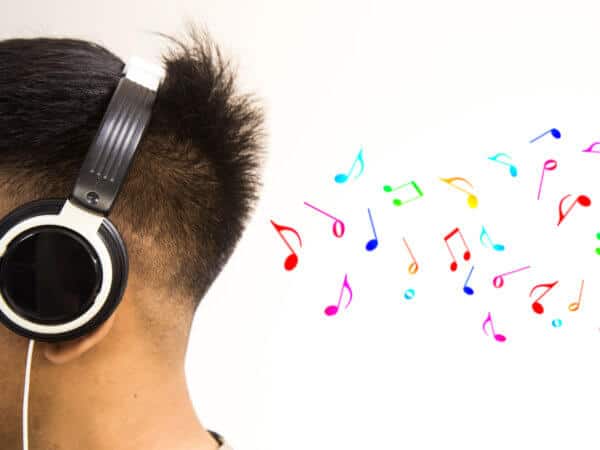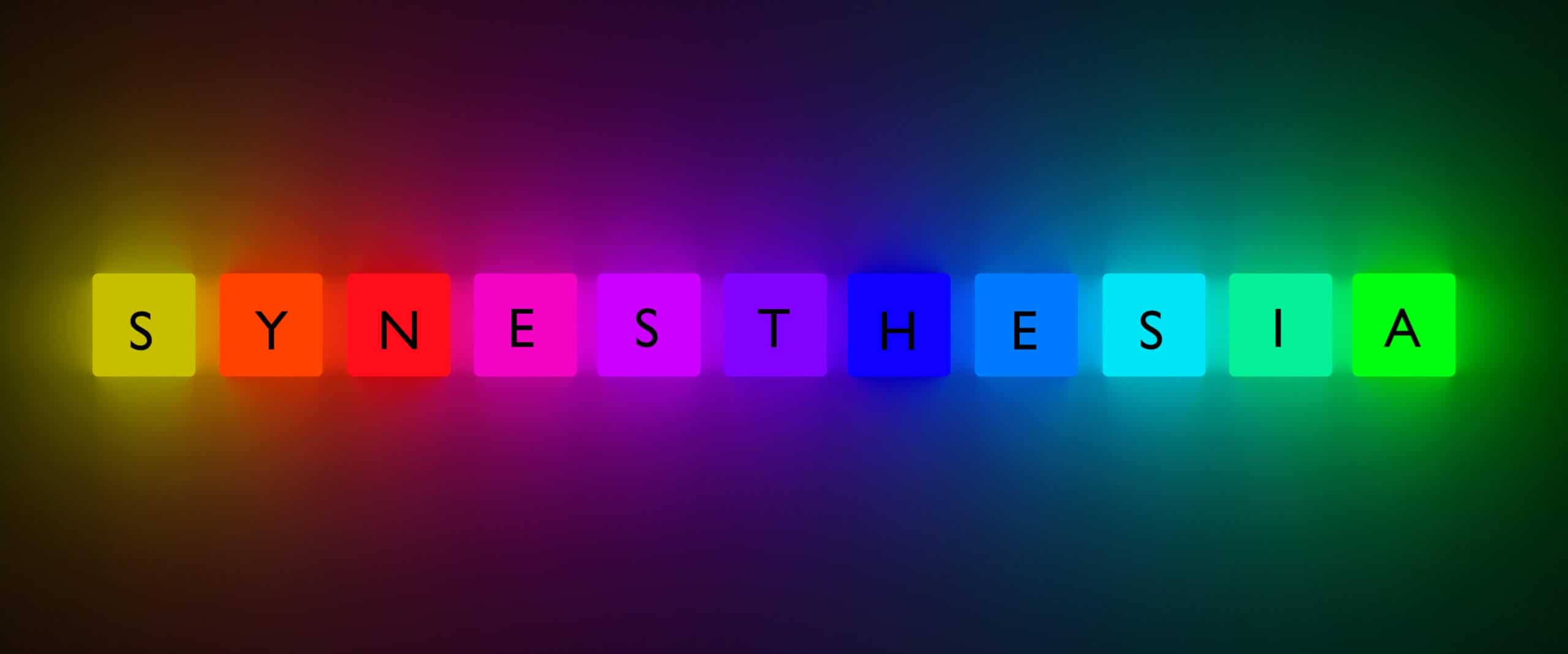Synesthesia may be rare, but around 4% of people feel music different to normal. Here, we look at the condition and what it can feel like.
People experience music in different ways. Throughout the world, music has captivated various emotions and has brought together music cultures for a shared musical experience. Music has been a powerful entity since the dawn of time.
Through musical experiences, scientists continue to research the power of music and its various abilities. The human race depends on various forms of senses.
From the dependability of sight to the importance of touch, humans can distinguish many different emotions from relying on prominent senses. Music can show its creative force through all of the main senses.
Music surrounds the notion of sound, which can be deemed the most important sense toward this artistic outlet.
Music can be “seen” through musical notes and performance acts. Music can be felt by touch through the sounds of rhythmic and percussive creations.
Although humans might think this notion is utterly impossible, what if humans could smell music? Can individuals smell music?
Synesthesia 101
According to EvolvingScience.com, synesthesia is heightened and exaggerated in an involuntary matter.
Synesthesia, however, is a neurological and rare phenomenon in which the stimulation of one sense leads to secondary sense reactions and perception of another.
Through this action, an individual can see what colour music develops and what smell can be detected through certain colours.
Through the discovery of this human phenomenon, scientific research has been dissecting this notion of many studies and research-based analysis.

Strongly expressed during childhood development, research proposed that synesthesia can be found more commonly with people within the autistic spectrum or savant ability.
Interestingly, many individuals who live with the condition are unaware of their altered perception of music and believe that their experience with musical environments is a “normal” reaction for many music lovers.
Projecting an idea that perception of the human perspective is subjective, The Greek term of non-pathological entity has been a growing topic for musicians everywhere.
Synesthesia varies from different senses as some may associate with musical sight, touch, and in this case smell. It has even been researched that left-handed individuals were more prone to encountering synesthesia.
The global population who endured the phenomenon of Synesthesia is estimated to 4% of the overall global race.
Often inherited additionally, studies concluded that 75% of petiole with synesthesia are women.
However, musicians such as painter Vasily Kandinsky, composer and pianist Amy Beach, poet “Artur Rimbaud” and modern R’n’B Singer Mary J Blige.
Smells of Musical Proportions
The music experience has much to do with how the brain interacts with the artistic entity. Much of music is said to have many positive effects on brain usage, however which part of the cranium allows individuals to smell music?
According to educational psychologist Ed Hubbard, the neurological happenings blur particular lines of the brain that correlate with senses.
Cross activation of the brain (brain area or letters and symbol recognition becomes closely parallel to the perception of colour) is strongly apparent.
Neurologist Richard Cytowic explains that the limbic system is responsible for emotional responses and found a strong connection with the synesthetic connection.
After many experiments, researchers have proclaimed that babies or infants truly tap into these brain connections at a young age yet grow out of their ability to recognize them in later life.
Additional scientists developed the idea that the cerebral cortex is responsible for the synesthetic activity and highly responsive during music listening.
This phenomenon bonds all of the senses and perceptions of music into one entity which allows individuals who develop a sense of smell depending on a musical sound or genre.
Getting A Sense Of It
Whether it is a smell or additional sense, synesthesia should not be seen as a disorder, but more of a unique musical experience.
Many individuals that have experienced this notion have explained that the various sounds and musical genres have specific smells similar to smells that have either been generated from past smelling experiences and usually aren’t unfamiliar.
I have never been prone to the ability to smell or see color variation in music. This rare phenomenon has been discussed in many of my artistic circles throughout the world.
As the scientific world continues to dive into various aspects of the human experience, many developments with surface from this growing subject. This notion proves that music can be experienced in a multitude of ways.
Music can be more than just a feeling, but can give an organic reaction to the body. Music can sink into our minds and bloodstreams in very unique and interesting ways.
Support us!
All your donations will be used to pay the magazine’s journalists and to support the ongoing costs of maintaining the site.
Share this post
Interested in co-operating with us?
We are open to co-operation from writers and businesses alike. You can reach us on our email at [email protected]/[email protected] and we will get back to you as quick as we can.










